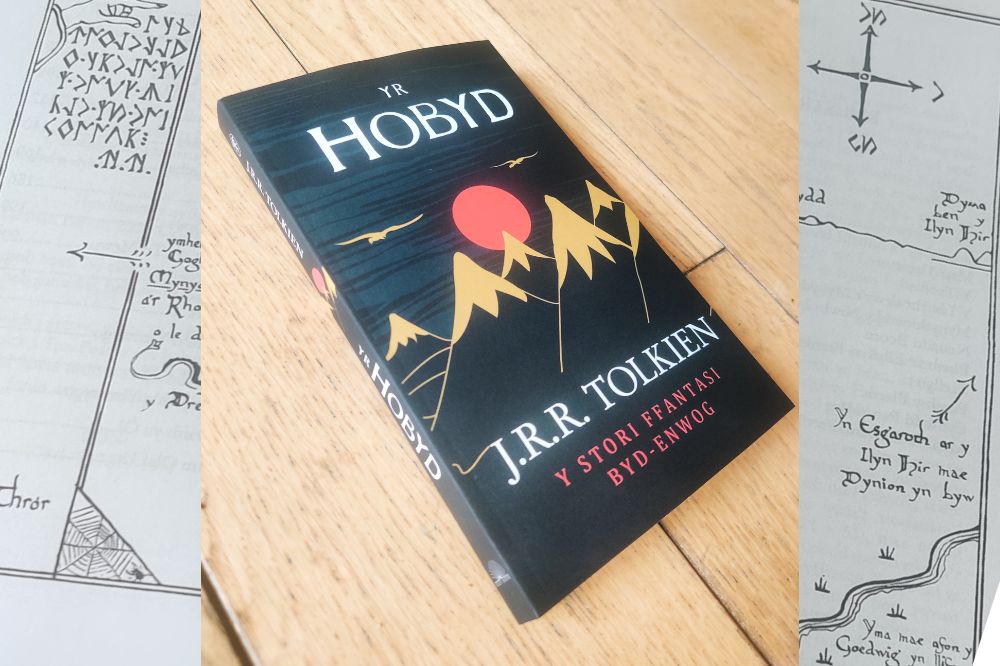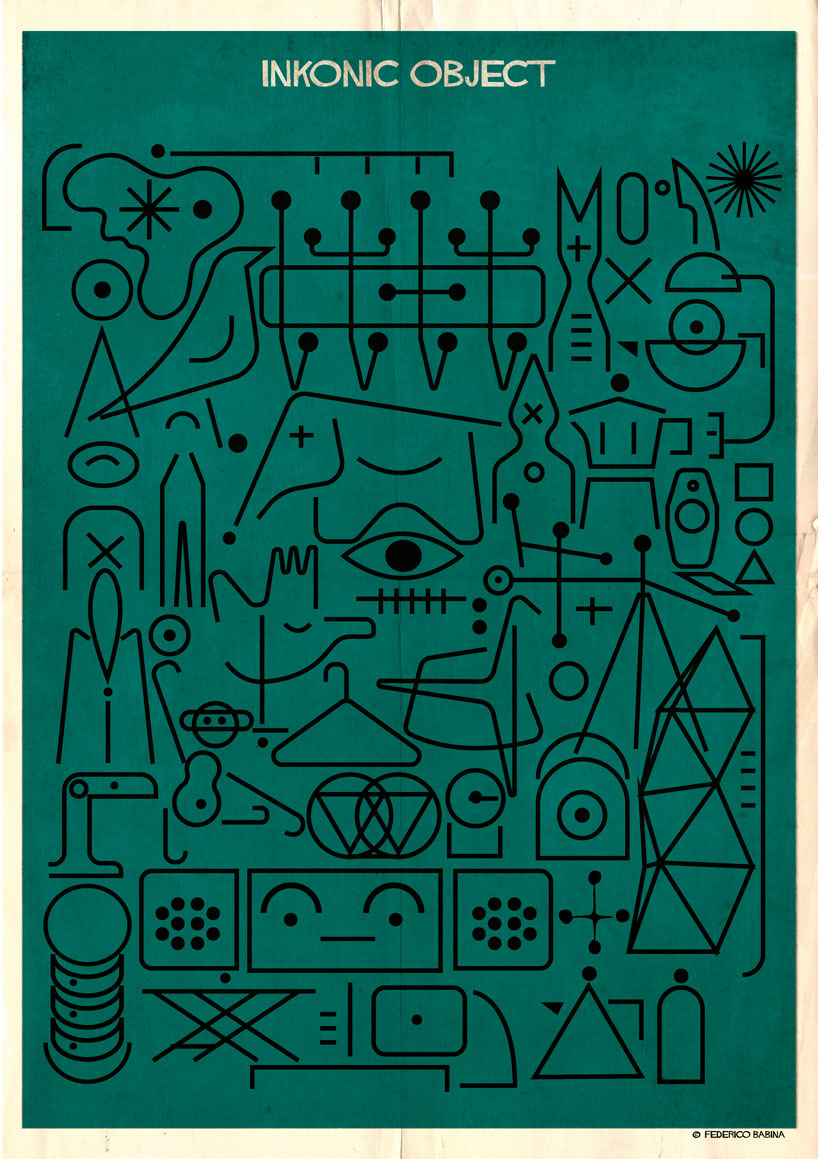
A Welsh publisher is to release a new translation of J.R.R. Tolkien’s classic fantasy novel The Hobbit in Welsh.
One of the most popular and most-translated books of the twentieth century and the prelude to The Lord of the Rings, The Hobbit was originally published in 1937 and has since been translated into dozens of languages, including other Celtic languages such as Irish and Scottish Gaelic.
Until now, however, the celebrated novel has never before been available in Welsh—perhaps surprisingly, given author J.R.R. Tolkien’s own interest in the Welsh language, upon which he drew for some elements of the fictional languages he invented in his works.

Original illustrations
Melin Bapur Books, which launched earlier this year in order to take on similar projects as well as re-publishing classic Welsh-language literature of the past, has obtained a licence from the Tolkien Estate to publish the new translation by Adam Pearce, who has previously translated H.G. Wells into Welsh and works by Daniel Owen and T. Gwynn Jones from Welsh into English.
The new translation includes Welsh versions of both the maps featured in the original and includes J.R.R. Tolkien’s original illustrations.

“I started working on this translation back during the Covid-19 Pandemic,” explains translator Adam Pearce, who is also the owner of Melin Bapur, “and it’s fantastic to be able to finally bring this project to the public!
“Not much for adults is translated into Welsh because our native publishing industry is so strong and active, but translations of books they already know can be a great way to encourage people who wouldn’t otherwise read in Welsh to give it a go, as well as being absolutely invaluable to those learning the language.
“I actually began this translation long before establishing Melin Bapur, but this is exactly the sort of thing we wanted to do when establishing ourselves as a publisher.”
Fortune
Those who would translate J.R.R. Tolkien’s works are quite fortunate in that the author wrote a guide, the Guide to the Names in the Lord of the Rings, giving quite explicit instructions on what and how to translate different elements of y Ddaear Ganol (Middle Earth).
These have been followed faithfully in putting this translation together.
For example, translators are asked to use a word for ‘Hobbit’ which is meaningless, but looks like it is native to the language in question; so I chose “Hobyd”, which gives the book its title in Welsh.
Similarly names like ‘Baggins’ and ‘Gandalf’, which are understood to be in the Hobbits’ language, have been Welshified (Baglan and Gandalff); the same for Rivendell (Glynhafn), Mirkwood (y Gwyllgoed) and Laketown (Trellyn).
The names of the Elves and Dwarves, however, are understood to be in their own languages, so appear exactly as in Tolkien’s original works, as are place-names in Middle-earth languages like Esgaroth and Gundabad.
Challenge
A particular challenge was finding an appropriate term in Welsh for Elf.
Pearce shared: “There isn’t really an equivalent creature in Welsh mythology and J.R.R. Tolkien suggests that the translator may wish to coin a new term, or alternatively use an existing term even if it is for a monstrous or evil creature, as long as it has none of the associations of ‘fairies’ or similar.
“Accordingly I have chosen forms based on Ellyll, which is usually a malevolent spirit or troll-like creature in Welsh.
“For this reason I decided to use the less common form of Ellyllyn for the singular and Ellyll for the plural, because these felt more elegant and graceful than Ellyllon or Ellyllod.
“This is actually very similar to what J.R.R. Tolkien himself did, using the plural Dwarves rather than Dwarfs to differentiate his own creations from those appearing in other stories.”

As well as terminology, another challenge was adapting the two maps J.R.R. Tolkien personally illustrated for the original edition with the new place-names in Welsh.
Pearce said: “Fortunately graphic manipulation is easier than ever these days and I was able to repurpose the author’s own handwriting letter by letter for about 95% of the Welsh names.
“The new Welsh versions of the maps look as close as possible to how they would have done if J.R.R. Tolkien himself had drawn them in Welsh.”
Unique Welsh touches
The original English version of The Hobbit uses Anglo-Saxon runes to represent the written language of the Dwarves.
In Yr Hobyd these have been replaced by the 18th century Welsh Coelbren y Beirdd, widely believed to have been invented by Iolo Morgannwg, originator of many of the traditions around the Eisteddfod.
Pearce explains the rationale: “Using Anglo-Saxon—that is English—runes for Welsh never seemed right; fortunately we have Coelbren which was once fashionable for things like engraving on gravestones in Welsh.
“The letters are extremely rune-like so in keeping with the original, but in a way that helps give the translation a uniquely ‘Welsh’ feel.
“As it’s basically a fantasy alphabet, it’s very appropriate for a fantasy story!
“I have tried to make this translation as ‘Welsh’ as a translation could ever be, and natural and appealing as possible to readers in Welsh, as well as to anyone else who might be interested, and little touches like this are really important.”
Melin Bapur books wish to express their gratitude to HarperCollinsPublishers Ltd. and The Tolkien Estate for approving the project.
Yr Hobyd is currently available for pre-orders from www.melinbapur.cymru and priced at £13.99+P&P; it is expected to be on general sale by the end of June 2024.
Support our Nation today
For the price of a cup of coffee a month you can help us create an independent, not-for-profit, national news service for the people of Wales, by the people of Wales.













